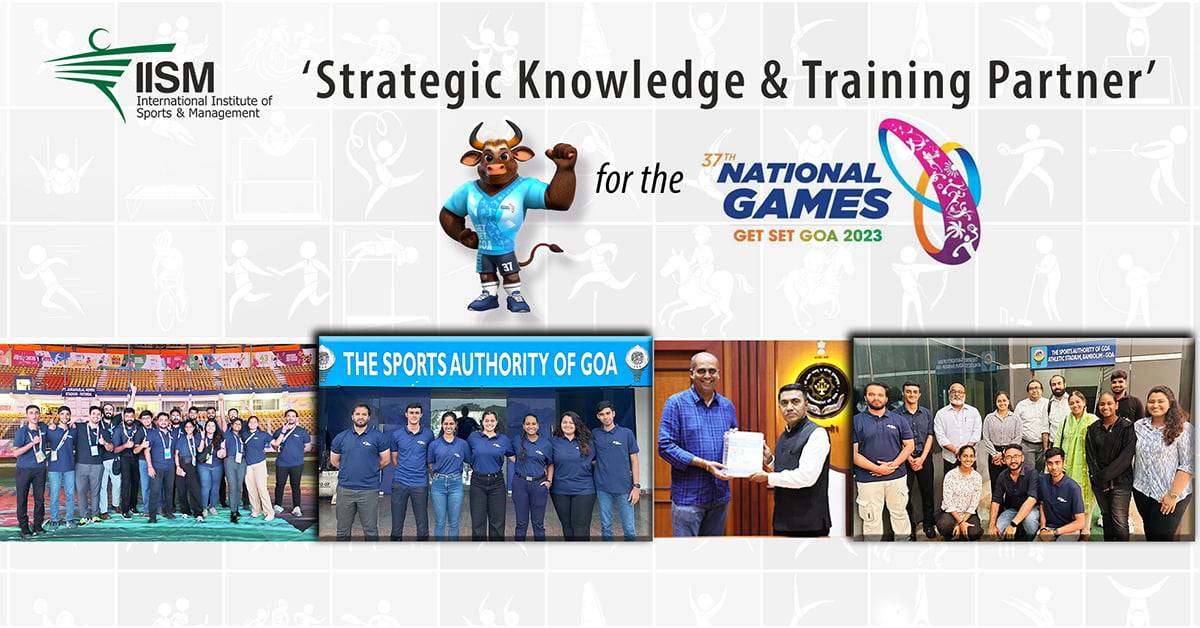Importance of Right Strategies to Keep Your Sporting Business Profitable

Why has the Mumbai Indians Franchise been able to win more than any other team at IPL? In the Sports Goods Retailing sector, how has Decathlon (India) managed to keep increasing its revenues and profits through both good times and bad, whereas may of the rivals had to close down or struggle? Would Dream11 succeed internationally in other non-cricket playing countries? Why are certain sporting leagues doing better than other?
How does a company become successful and stay successful? Certainly not by playing it safe and always following the traditional ways of doing business! Taking a strategic risk is what an enterprise may pursue. Was Dream11 sponsorship of the present IPL league a risk? Will it bring in returns? At the other end many would ask a question, do companies care about society /ethics or the Environment at large? May be yes! Nike gathers old athletic shoes and turns them into raw material for “sports surfaces” like tennis courts and running. Puma launched shoes as well as apparel made of recycled plastic. Sony Pictures involvement with GoSports.
Globalization, the integrated internationalization of markets and organizations, has changed the way we do business. Jobs, knowledge, and capital are now able to move across borders with far greater speed and far less friction than was possible only a decade ago. To reach the economies of scale necessary to achieve the low costs, and thus the low prices, needed to be competitive, companies are now thinking of a global market instead of national markets. Nike and Reebok, for example, manufacture their athletic shoes in various countries throughout Asia for sale on every continent.
As more organizations become global, strategic management is becoming an increasingly important way to keep track of international developments and position a company for long-term competitive advantage.
So, the question is – whether the concepts of strategic management are only for larger or established organizations such as SG, SHIV-NARESH and not meant for start-ups or smaller organizations? Initially, strategic management was of most use to large corporations operating in multiple industries. Increasing risks of error, costly mistakes, and even economic ruin are causing today’s professional managers in all organizations to take strategic management seriously in order to keep their companies competitive in an increasingly volatile environment. What we see in India is a high growth rate of start-ups within the sporting environment which requires a prominent role of strategic management in shaping it up, sustaining ang helping them grow as world class organizations.
Many of the concepts and techniques that deal with strategic management have been developed and used successfully by some large firms. Over time, business practitioners and academic researchers have expanded and refined these concepts. For example: the two well-known theoretical concepts in the strategic management field: industrial-organization economics and the resource-based view of the firm had been adopted by all firms small or big. A point to ne noted here is that the start-ups are the ones which seem to bring in new models and disrupting the environment with a better ability to fulfil needs. This points at a shift of newer models being thought off and implemented by smaller and not necessarily larger organizations.
A SWOT – strengths, weaknesses, opportunities and threats – analysis is a simple stuff. A SWOT model helps locate data within a context. The business model brings the data to life. It pushes it into action. It gives it a purpose. As a learner of strategic management, one needs to get through a variety of such frameworks and get familiarized with them. They help one analyse data and giving a direction to the intelligence that has been collected.
People in business often talk about their ‘business model’. By this they mean the way that their business is organized to make money. Business models also have another meaning. They refer to the frameworks and analytical tools that are used in strategic planning. They are the methods by which people in business plan their strategy. They are generic models or tool kits that structure how we think about and find a solution to a business problem.
We use models all the time. If we are faced with a problem, we try to answer the question ‘Where are we now?’ At this stage we lay down our understanding of the problem and what has caused it. We then turn to the next question, ‘Where are we going?’ We set ourselves goals that will solve the problem. Finally, we ask ‘How are we going to get there?’ We work out what we are going to do, who is going to do it, what resources we need and how long it will take. Business models give us a sense of confidence. They are a sort of map; a plan of where we are and where we can go.
Research reveals that organizations that engage in strategic management generally outperform those that do not. The attainment of an appropriate match, or “fit,” between an organization’s environment and its strategy, structure, and processes has positive effects on the organization’s performance. Strategic planning becomes increasingly important as the environment becomes more unstable.
The concepts of strategic management give a learner thorough understanding of the analytical techniques and skills necessary to identify and implement strategies successfully. The first step toward achieving this objective is to describe in more detail what superior performance and competitive advantage mean and to explain the pivotal role that managers play in leading the strategy making process.
Strategic competitiveness is achieved when a firm successfully formulates and implements a value-creating strategy. A strategy is an integrated and coordinated set of commitments and actions designed to exploit core competencies and gain a competitive advantage. When choosing a strategy, firms make choices among competing alternatives. A firm has a competitive advantage when it implements a strategy competitor are unable to duplicate or find too costly to try to imitate In addition, firms must understand that no competitive advantage is permanent. A core competency could become a core-rigidity in no time.
For all organizations in sports, it is increasingly important to stay competitive on a sustainable basis and bring in changes as and when required, based on the changes in the environment of business.
Written by Mr. Mohan Pitchumani
IISM Faculty
Marketing Professional














